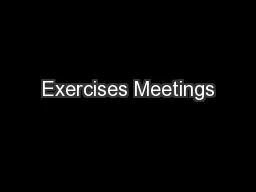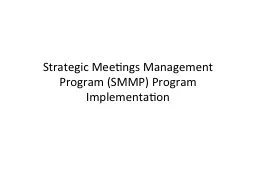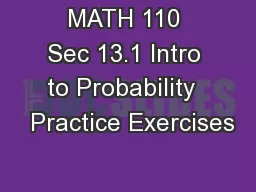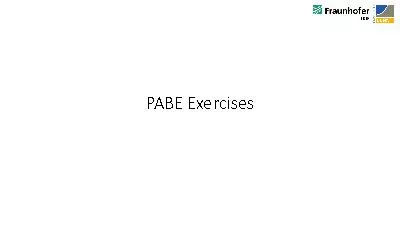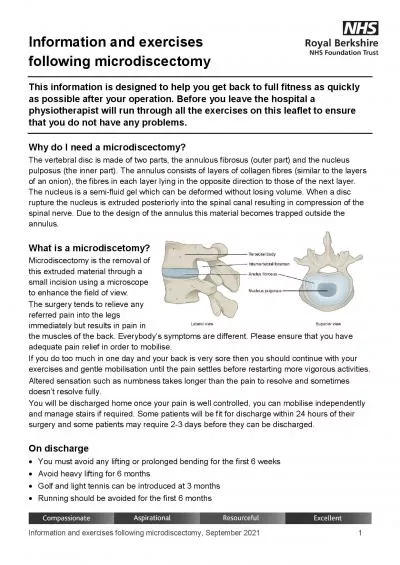PPT-Exercises Meetings
Author : tatiana-dople | Published Date : 2017-10-03
INF5040 Open Distributed Systems Lucas Provensi provensiifiuiono Swati Sharma swatisifiuiono Department of Informatics University of Oslo September 4 2014 Initial
Presentation Embed Code
Download Presentation
Download Presentation The PPT/PDF document "Exercises Meetings" is the property of its rightful owner. Permission is granted to download and print the materials on this website for personal, non-commercial use only, and to display it on your personal computer provided you do not modify the materials and that you retain all copyright notices contained in the materials. By downloading content from our website, you accept the terms of this agreement.
Exercises Meetings: Transcript
Download Rules Of Document
"Exercises Meetings"The content belongs to its owner. You may download and print it for personal use, without modification, and keep all copyright notices. By downloading, you agree to these terms.
Related Documents

